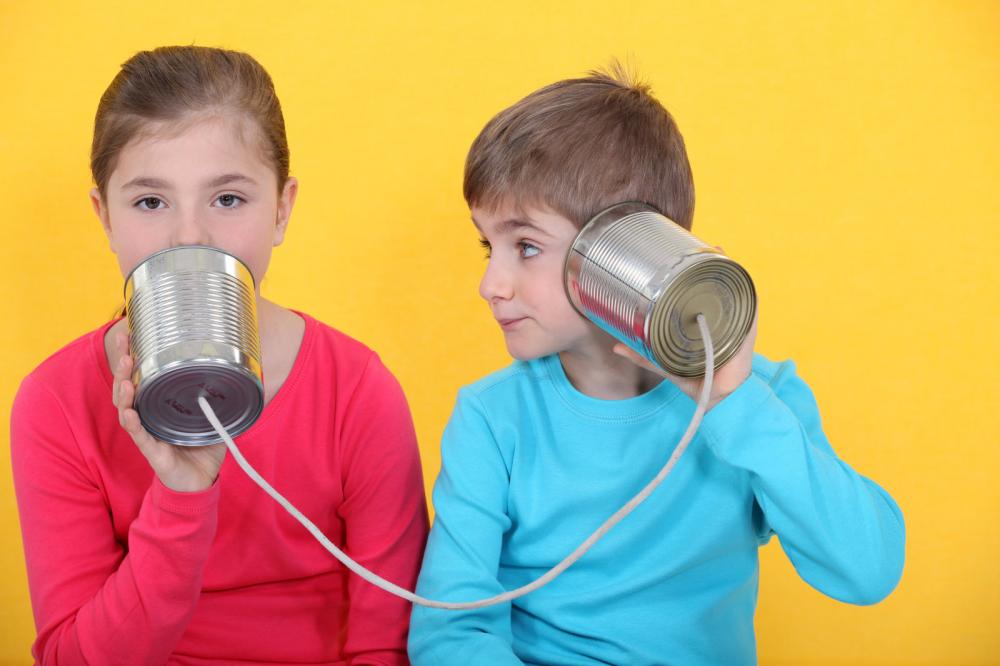Beyond “Learning a Language Like a Child”
 A recent YouTube video by Tom Scott “Why Can't Adults Learn Language Like Children?” had me also look at that question again. Tom gives a engaging quick overview of the various language learning theories that are popular today.
A recent YouTube video by Tom Scott “Why Can't Adults Learn Language Like Children?” had me also look at that question again. Tom gives a engaging quick overview of the various language learning theories that are popular today.
He uses the example of how difficult it is for English-speaking adults to distinguish between a “p” and a “ph” sound. Hindi language speakers apparently learn this distinction as children.
Tom concludes that “categorical perception” may be one explanation for the difficulties that adults have in learning a second language.
Categorical perception (CP) was actually a new concept for me and I wanted to understand it a little better. Here is what I have learned so far about CP.
Categorical Perception
R.Goldstone and A. Hendrickson, in a 2009 paper, define “categorical perception" as “the phenomenon by which the categories possessed by an observer influences the observers perception.”
The highly technical paper notes that “cross-cultural evidence suggests that the learning of a particular language influences the pattern of discriminability between speech sounds.” In other words:
Once you have learned your native language(s) (yes, many children learn more than one), then the sound categories you have acquired as a child make it difficult for you to hear (and learn) the sound differences of other languages as an adult.
In the YouTube video linked above, Tom Scott cites the example of the “p/ph” sound difference that English speakers can barely hear. Similarly, speakers of Chinese and Japanese have difficulty hearing and pronouncing the difference between the “l” and “r” sounds.
Practically all foreign languages have certain sounds that do not exist in one's native language. Some we may be able to recognize and reproduce easily.  Others we may never learn completely.
Others we may never learn completely.
Color categories are another famous example. Which shades will look alike to you, or which you will perceive and name as different colors, depends on the language you speak and in which culture you have grown up.
The concept of CP suggests that as adults we have already categorized the world around us. And CP may therefore provide ONE explanation, why adults have more difficulty in learning a second language than children.
Listening and Speaking
The examples cited above relate to listening. Once we have acquired the sounds of our native language (and “categorized” them) as children, we seem to start tuning out the sounds of other languages.
Let's not forget though that it takes children more or less the first 2 years of their life with constant listening and practicing to remember and internalize these sounds. It takes them additional time before they can speak in full sentences.
 Speaking requires children to both listen and imitate the sounds they hear. Once we have learned to produce the sounds of our native language as children, we find it harder as adults to reproduce the sounds of other languages.
Speaking requires children to both listen and imitate the sounds they hear. Once we have learned to produce the sounds of our native language as children, we find it harder as adults to reproduce the sounds of other languages.
The ability to discern different sounds and reproduce them automatically diminishes with children between the age of 8 to 10 years. Apparently, by the time they are teenagers that automatic ability all but disappears.
But with deliberate practice adults can still make progress. Attention to “mouth mechanics” can be very helpful, as we point out in a recent post. When we understand and practice how to produce a “foreign” sound, we can often get pretty close to native pronunciation. With time, we also begin to hear the differences.
Second-Language Acquisition
When looking into the various theories of second-language acquisition, I found that they fall into either a linguistic or a psychological camp. Just check out this Amazon page and you'll see many well-known names in those fields.
While these books make interesting reading for the language aficionado, they probably help you little in learning a second language faster. There does not seem to be any general agreement on the best method by which adults can learn a second language.
 And, because of the changes our brain goes through as we grow up - think CP - there is NO method that lets adults learn exactly like a child, whether it's languages, mathematics, science or anything else for that matter.
And, because of the changes our brain goes through as we grow up - think CP - there is NO method that lets adults learn exactly like a child, whether it's languages, mathematics, science or anything else for that matter.
What is helpful, however, are descriptions by people who themselves have successfully learned foreign languages, as adults. Opera singer and polyglot Gabriel Wyner's “Fluent Forever”, for example, combines useful learning tips with explanations of how our memory works. It's an engaging and worthwhile read for serious learners.
Interestingly enough, Wyner does not seem convinced that the children's language “learning machine” disappears in adults.
He traces a child's learning advantage over an adult to his or her longer exposure to language in their early years. Adults can typically commit only limited hours when learning a second language.
Benny Lewis, "the Irish Polyglot", in Fluent in 3 Months Premium describes his own strategies and experiences in learning a dozen languages or so after he turned 21. His tips and techniques to become fluent are fun to watch and listen to. They are also a great motivator for many committed learners.
Common to both books is this: Using various strategies, methods and techniques can accelerate your learning quite a lot. Key is using them often and consistently, always remembering the Nike tag line: JUST DO IT!
The Good News for Adults
 Even if we, as adults, cannot commit the same amount of time to language learning as children, we have other advantages: We can already read and write our native language, we can devise learning strategies, use various learning resources, see grammar patterns etc.
Even if we, as adults, cannot commit the same amount of time to language learning as children, we have other advantages: We can already read and write our native language, we can devise learning strategies, use various learning resources, see grammar patterns etc.
And if we accept findings that CP will make listening and producing new sounds more difficult, we also know that we can learn to overcome such shortcomings.
A personal experience can illustrate how important it is to listen a lot to a foreign language. When I started to learn Italian a few years ago, (even after having completed all 90 lessons of the three (3) Italian Pimsleur courses), I only seemed to hear gibberish when listening to fast-talking Italian radio or TV programs.
But after a couple of weeks of daily listening, I started to discern distinct sound clusters and words. After a while, I began to understand some of the words, then entire sentences. The same happened recently again with Spanish.
No question, Spanish and Italian sounds are easier for English speakers than those of Asian languages, but the point holds: We can learn to distinguish foreign sounds with practice and effort.
So yes: Learning a second language for adults requires time and effort. However, with the right tools and strategies, adults can make good progress and achieve a high level of understanding, and - with enough conversation practice - even fluency.
Bio: Peter Rettig is the co-founder of Gamesforlanguage.com. He is a lifelong language learner, growing up in Austria, Germany, and Switzerland. You can follow him on Facebook, Bluesky and Instagram, and leave any comments with contact or below.
